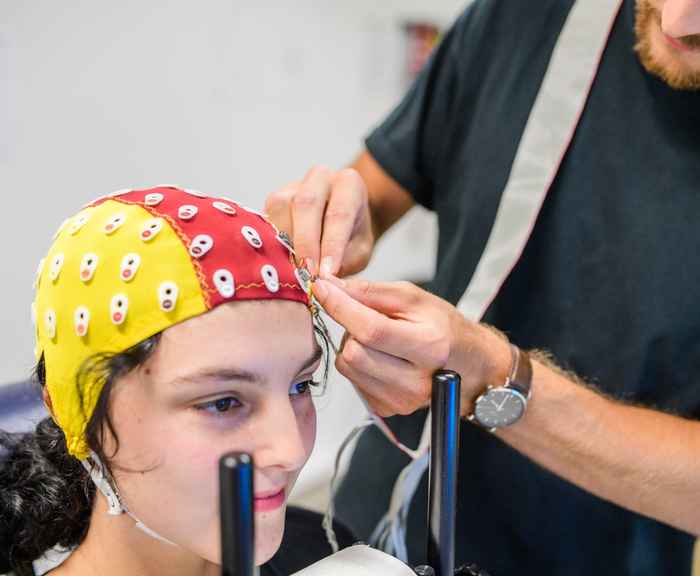Participate in EEG research
EEG is the abbreviation of Electro Encephalo Graphy, which freely translated means "electric brain writing". An EEG device measures the electrical signals produced by brain cells when they are active. The EEG device is a kind of cap that contains electrodes that pick up the electrical signals from the active brain cells. Depending on the purpose of the examination, the duration of an EEG recording varies from about 1 hour to about 4 hours. Information about your brain structure may be needed to work out the measurements. In those cases, an MRI scan will also be made after the EEG examination.
